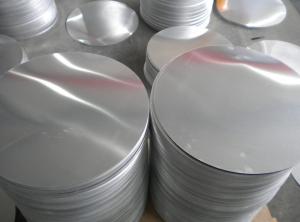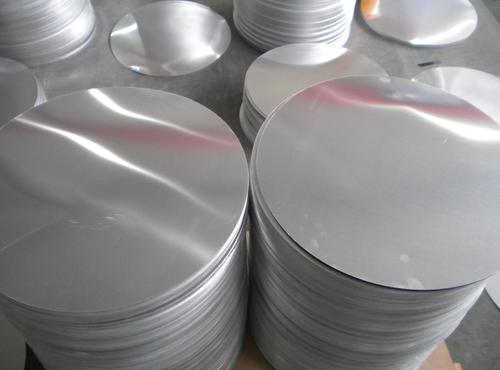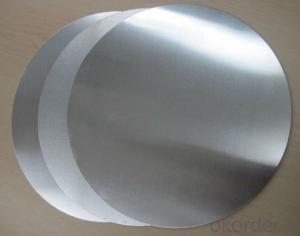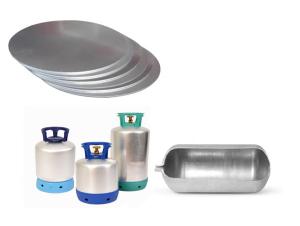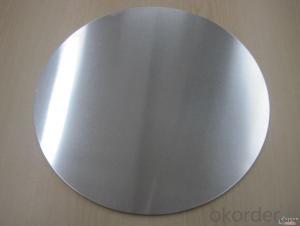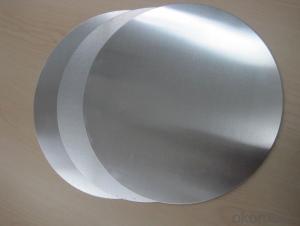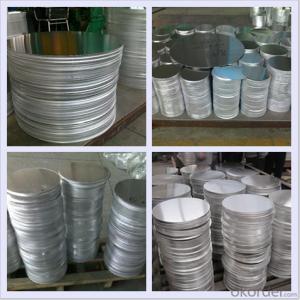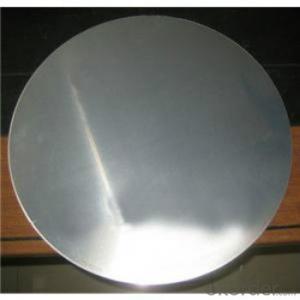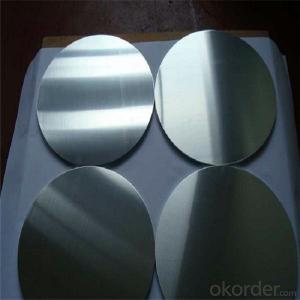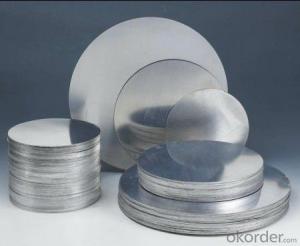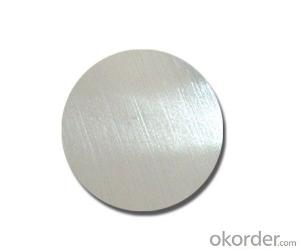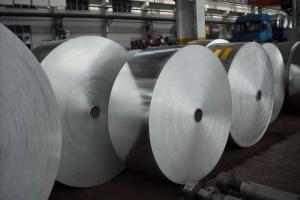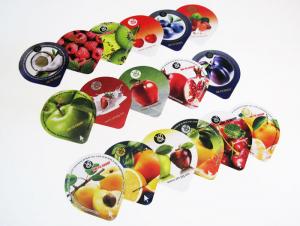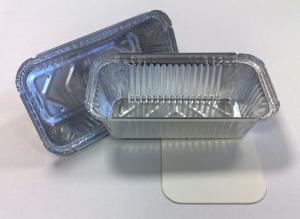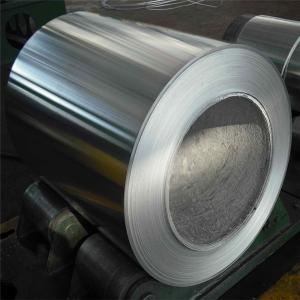Aluminum Kitchen Ware Aluminum Circles - Manufactured in China
- Loading Port:
- Shanghai
- Payment Terms:
- TT or LC
- Min Order Qty:
- 5 m.t.
- Supply Capability:
- 9000 m.t./month
OKorder Service Pledge
OKorder Financial Service
You Might Also Like
Aluminum Circles
CC- Continue Casting for Spining
DC- Direct Casting for Deep Drawing
Standard:GB/T 3880-2006
Alloy: AA1050, 1060, 1070, 1100,AA3003, 3014, AA5052
Temper: H14/16/22,HO etc.
Thickness: 0.5mm—4mm
Diameter: 100mm—1200mm(Can be slitted)
Application: Kitchen wares, including fried pans, nonsticky pans, cooking pots, hard anodize cook ware, pressure cooker and household utensils, etc.
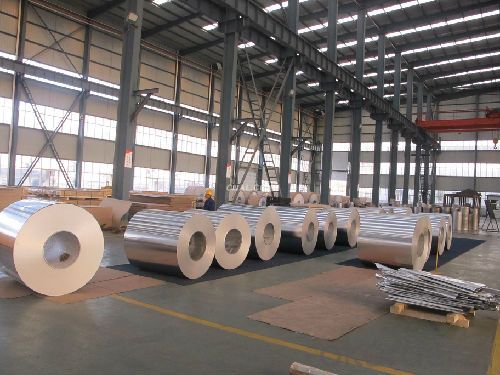
Packaging & Delivery
Packaging Details: | Standard Export Packaging or According to Customers' Requirements |
Delivery Detail: | within 20 days |
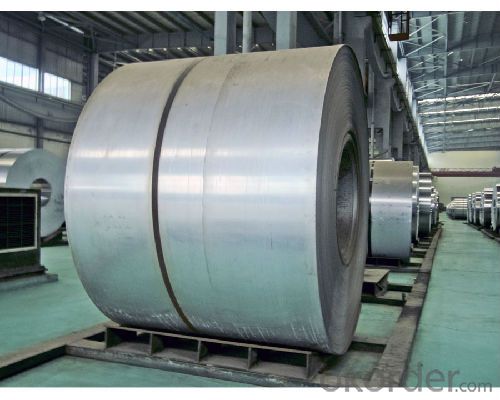
FAQ
Q: Why Choose Honesty Aluminum Industry?
A: Because we are factory, we can provide competitive price and best quality, we have strict quality control and
the most import is we have a large production scope.
Q: What can we expect from Honesty Aluminum Industry ?
A: Superior quality, reasonable price, exclusive service, and good after sale guarantee.
Q: Can you do customized design and size?
A: Yes, ODM &OEM are available.
Q: Can I have some samples?
A: Of course, samples are free (1-3 pcs) or 2-3 kg
Q: When can we get samples and goods?
A: Samples will be sent immediately if have stock, make new will take 2-3days.
Goods will be shipped within 20 days after order confirmed
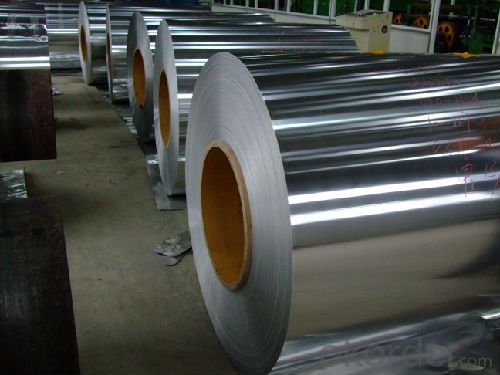
- Q: Is it possible to use aluminum as a substance that accelerates chemical reactions?
- <p>Aluminum is not typically used as a catalyst in chemical reactions. Catalysts are substances that increase the rate of a chemical reaction without being consumed in the process. Aluminum, being a metal with a +3 oxidation state, does not readily participate in reactions where it could act as a catalyst. Instead, it is more commonly used in its elemental form for structural purposes or as a reducing agent in certain chemical processes. However, aluminum compounds, such as alumina (Al2O3), can be used as catalysts or catalyst supports in specific industrial applications.</p>
- Q: Is there a new technology available for recycling aluminum?
- <p>Yes, new technologies are being developed and implemented for recycling aluminum more efficiently. One such technology is the use of advanced sorting systems that can separate different types of metals, including aluminum, from waste streams. Additionally, there are innovations in the smelting process that reduce energy consumption and emissions. For instance, some companies are using inert anodes in the electrolytic process to produce aluminum, which can significantly lower the carbon footprint. These advancements not only make aluminum recycling more environmentally friendly but also more economically viable.</p>
- Q: This question asks about the process through which aluminum deteriorates over time due to environmental factors.
- <p>Aluminum corrodes through a process called oxidation. When exposed to air, aluminum reacts with oxygen to form a thin, protective layer of aluminum oxide on its surface. This layer prevents further corrosion. However, in the presence of moisture, acids, or other corrosive substances, the aluminum oxide layer can break down, leading to further oxidation and eventual pitting or thinning of the aluminum. The rate of corrosion can be influenced by factors such as temperature, humidity, and the presence of impurities in the aluminum. Proper protective measures, such as coatings or anodizing, can help prevent or slow down the corrosion process.</p>
- Q: Can aluminum recycling be done in a closed loop system where the material can be reused indefinitely without loss of quality?
- <p>Yes, aluminum can be recycled in a closed loop system. Aluminum is one of the most recycled materials due to its ability to be recycled indefinitely without losing quality. When aluminum is recycled, it retains its properties, making it suitable for reuse in new products. The closed-loop recycling process involves collecting used aluminum products, melting them down, and then using the recycled material to manufacture new aluminum products. This process can be repeated over and over again, making aluminum recycling highly efficient and environmentally friendly.</p>
- Q: This question asks about the methods to guarantee that the aluminum content in products is within safe limits.
- <p>To ensure that products do not contain excessive amounts of aluminum, implement a strict quality control process. This includes sourcing raw materials from suppliers who adhere to strict aluminum content limits, conducting regular testing of products using advanced analytical techniques such as Inductively Coupled Plasma Mass Spectrometry (ICP-MS) or Atomic Absorption Spectroscopy (AAS). Establishing and following Good Manufacturing Practices (GMP) is crucial, along with continuous monitoring and improvement of production processes. Additionally, staying updated with regulatory guidelines and setting internal limits that are below the legal maximum levels can help maintain safety and compliance.</p>
- Q: Angell doors and windows as a door brand, compared to other aluminum alloy doors and windows what are the advantages?
- Patterns, products, services have advantages, you can go to their official website to see.
- Q: Is aluminum capable of functioning as a catalyst in chemical reactions?
- <p>Aluminum is not typically used as a catalyst in chemical reactions. Catalysts are substances that increase the rate of a chemical reaction without being consumed in the process. Aluminum, being a metal, does not have the properties necessary to act as a catalyst in most reactions. However, it can be used in certain reactions as a reducing agent or in the form of organoaluminum compounds, which may participate in catalytic processes, but these are not common applications.</p>
- Q: What are the negative aspects or drawbacks of using aluminum?
- <p>Aluminum has several disadvantages. It is a non-magnetic material, which limits its use in applications requiring magnetic properties. Aluminum is also less dense than many other metals, making it less suitable for heavy-duty applications. It can be toxic in certain forms, such as aluminum salts, and has been linked to health issues when ingested in large amounts. Additionally, aluminum's low melting point can be a disadvantage in high-temperature environments. Lastly, the production process of aluminum is energy-intensive and can contribute to environmental pollution.</p>
- Q: Describe the reaction between aluminum and oxygen, including the product formed.
- <p>Aluminum reacts with oxygen to form aluminum oxide (Al2O3). This reaction is an oxidation process where aluminum loses electrons and oxygen gains them. The reaction can be represented by the equation: 4Al + 3O2 鈫?2Al2O3. Aluminum oxide forms a protective layer on the surface of aluminum, preventing further oxidation. This property makes aluminum a corrosion-resistant metal, despite its reactivity with oxygen.</p>
- Q: This question asks for recent applications of aluminum in contemporary society.
- <p>Aluminum has found new uses in modern society across various sectors. In the automotive industry, it is used to manufacture lightweight vehicles for fuel efficiency and reduced emissions. In construction, aluminum is utilized for building facades, window frames, and roofing due to its durability and low maintenance. The aerospace industry also relies on aluminum for aircraft construction because of its strength-to-weight ratio. Additionally, aluminum is used in electronics for heat sinks and casings, and in the packaging industry for food and beverage cans. It's also gaining traction in the energy sector, particularly in battery technology for electric vehicles and renewable energy storage solutions.</p>
Send your message to us
Aluminum Kitchen Ware Aluminum Circles - Manufactured in China
- Loading Port:
- Shanghai
- Payment Terms:
- TT or LC
- Min Order Qty:
- 5 m.t.
- Supply Capability:
- 9000 m.t./month
OKorder Service Pledge
OKorder Financial Service
Similar products
Hot products
Hot Searches
Related keywords
